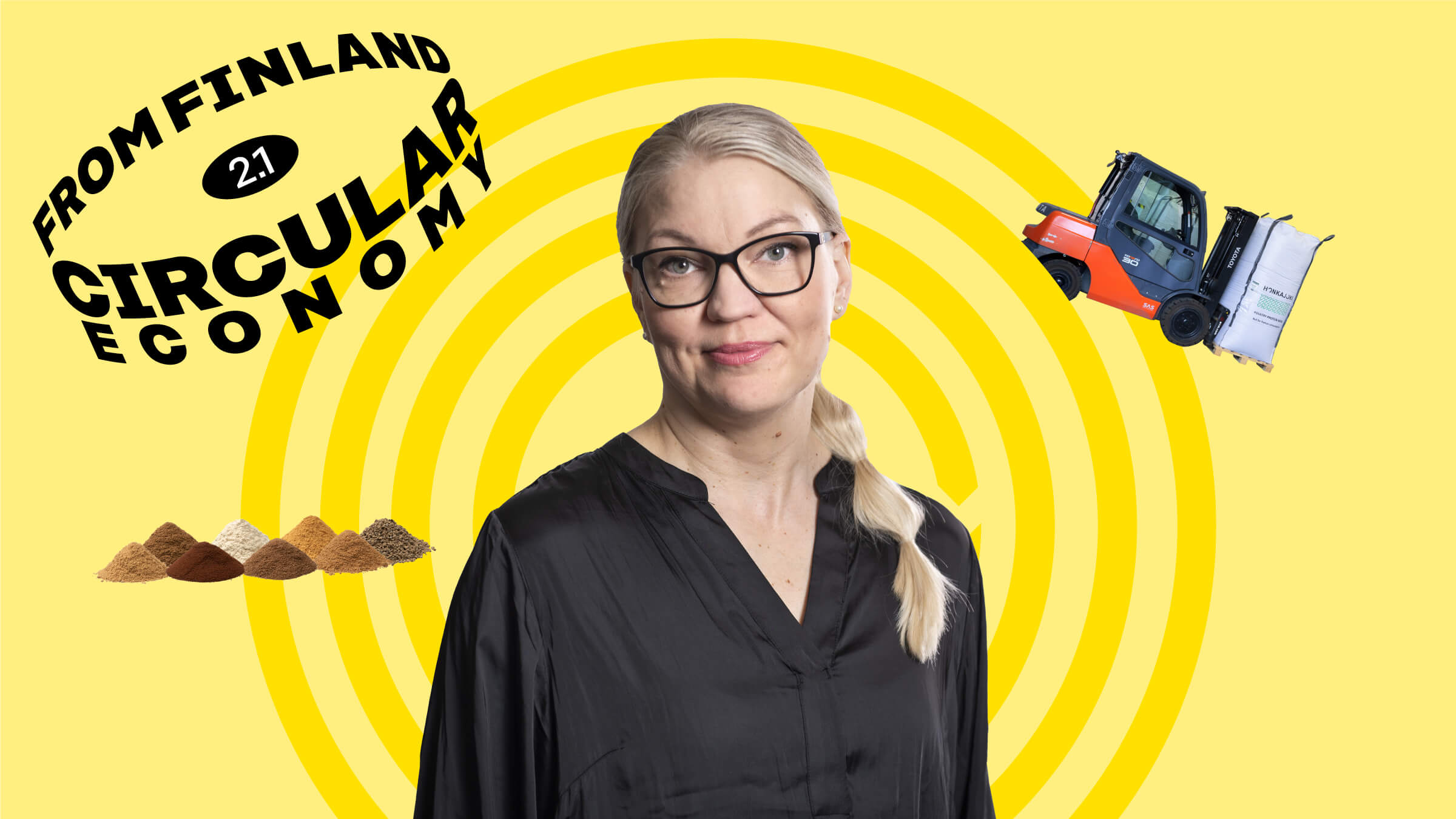“In Finland, the aim has always been to use the non-edible part of meat production as much as possible. Honkajoki was established in 1967 to enhance the use of animal-based raw materials produced by slaughterhouses. The core of the operation has been the same for 50 years, but the technology has developed and the purposes for which the side streams are used have changed.
We receive approximately 75 per cent of all animal-based side streams in Finland. We separate protein and fats from the by-products we have bought from slaughterhouses. For example, they can be used in the manufacture of biofuels and pet foods.
It is important for us at Honkajoki that animal-based side streams are not wasted and taken to landfills or incinerated. By processing the animal-based side stream further, we can make products with a high value. In our experience, Finnish products and companies are trusted in international and domestic markets. There is constant demand for our fat and protein products.
My first job at Honkajoki was in the development of exports to international markets. I believe that Honkajoki’s circular economy solutions have huge growth potential in developing countries where the consumption of meat is increasing and the processing of the side streams is almost entirely lacking. The company’s commitment to using the side streams from slaughterhouses and in co-operation with developing countries impressed me.
In Finland, the decreasing consumption of meat is a trend that people talk about a lot. However, as long as people eat meat, we need a solution for using the considerable side streams it generates. Animal-based raw materials also have their strengths. Some time ago, we commissioned a study according to which the life cycle of protein made from animal-based side streams produces lower emissions as part of pet food than exported soya. In some drugs, an animal-based ingredient cannot even be replaced by anything else.
In future, we want to be a carbon-neutral processor of the side streams from the food industry. I believe that we do not have to limit ourselves only to processing the by-products of the meat industry. We are constantly investigating the possibilities to use new side streams.”










Suosittelemme
Vielä yksi